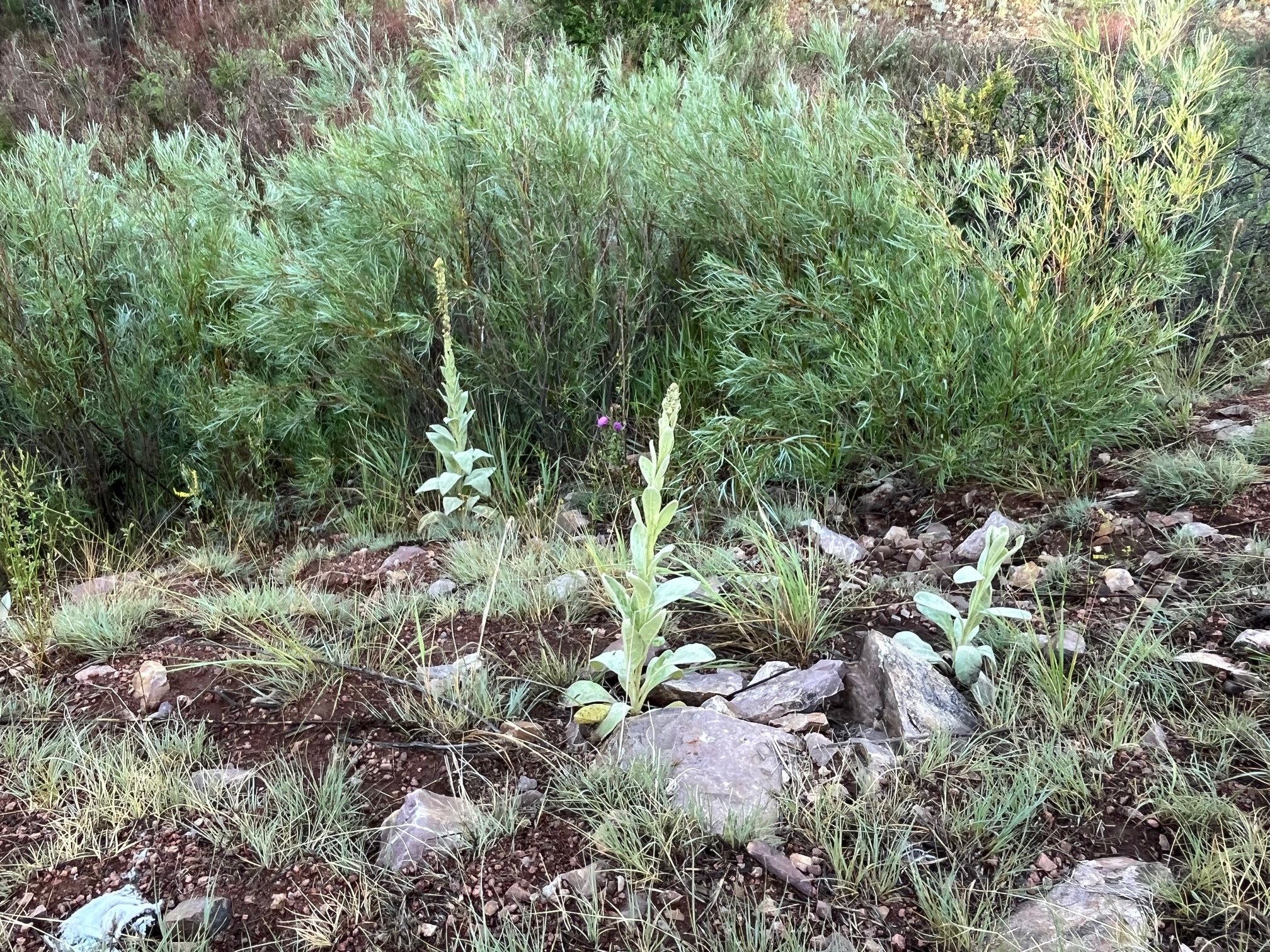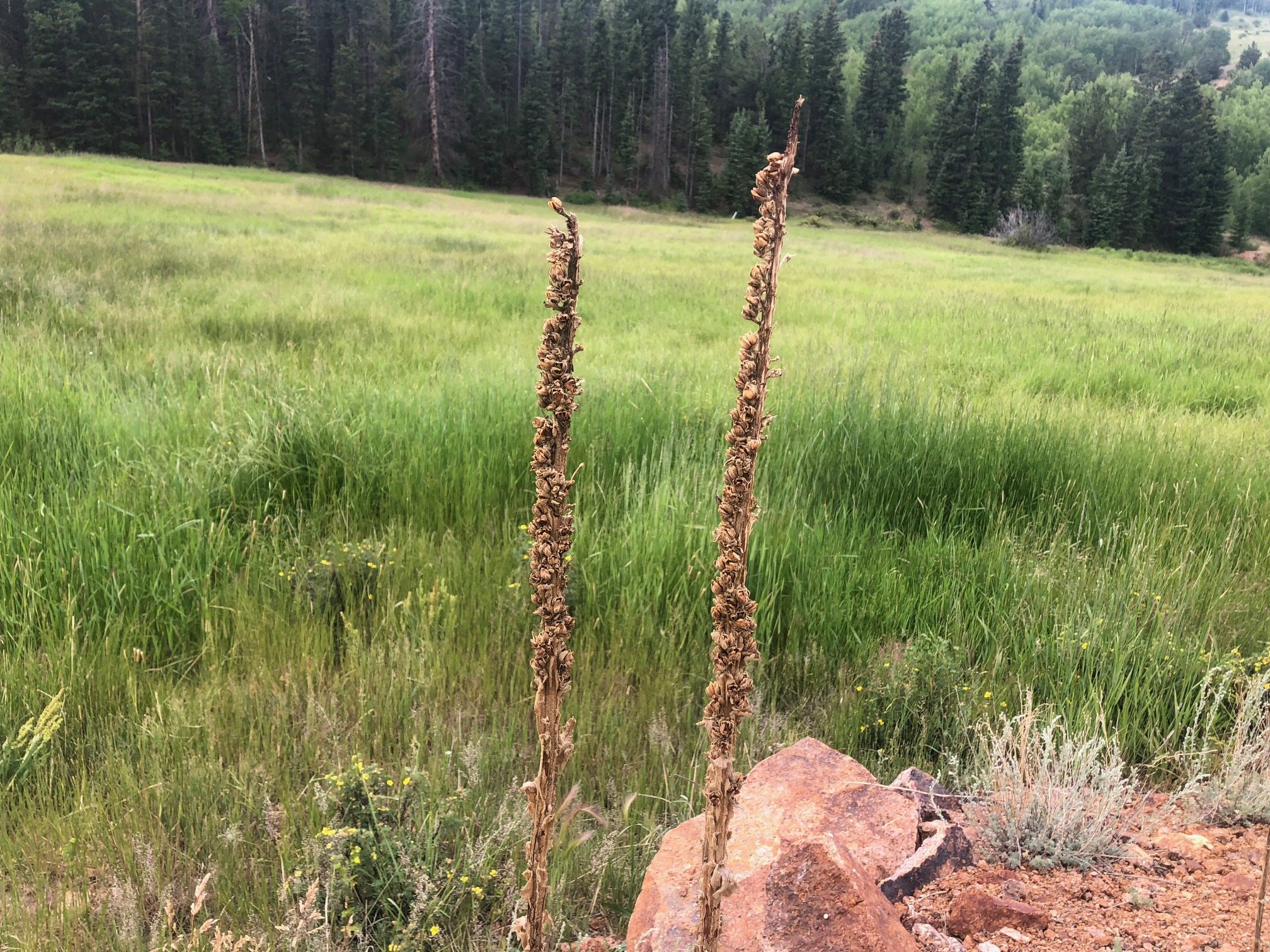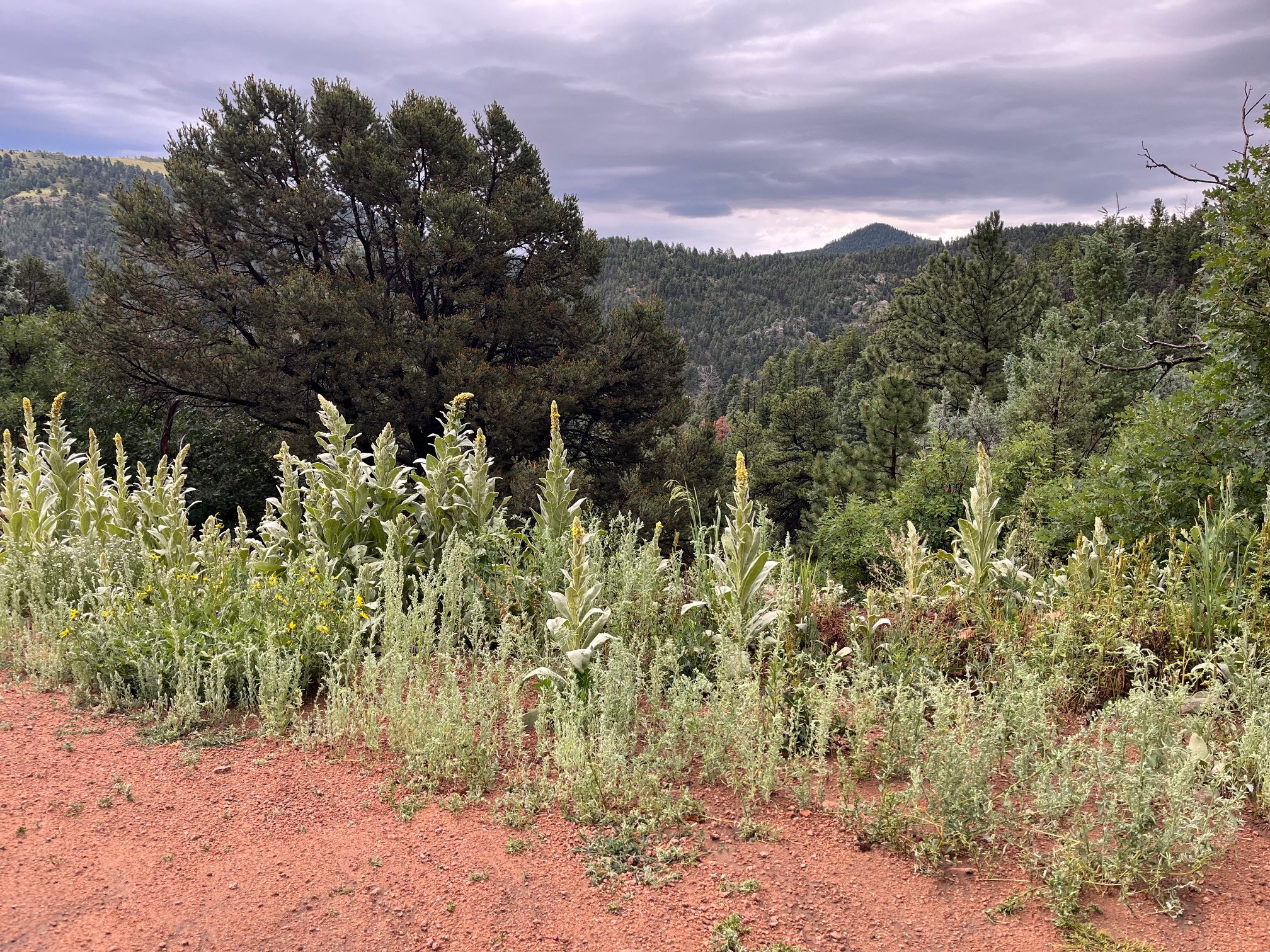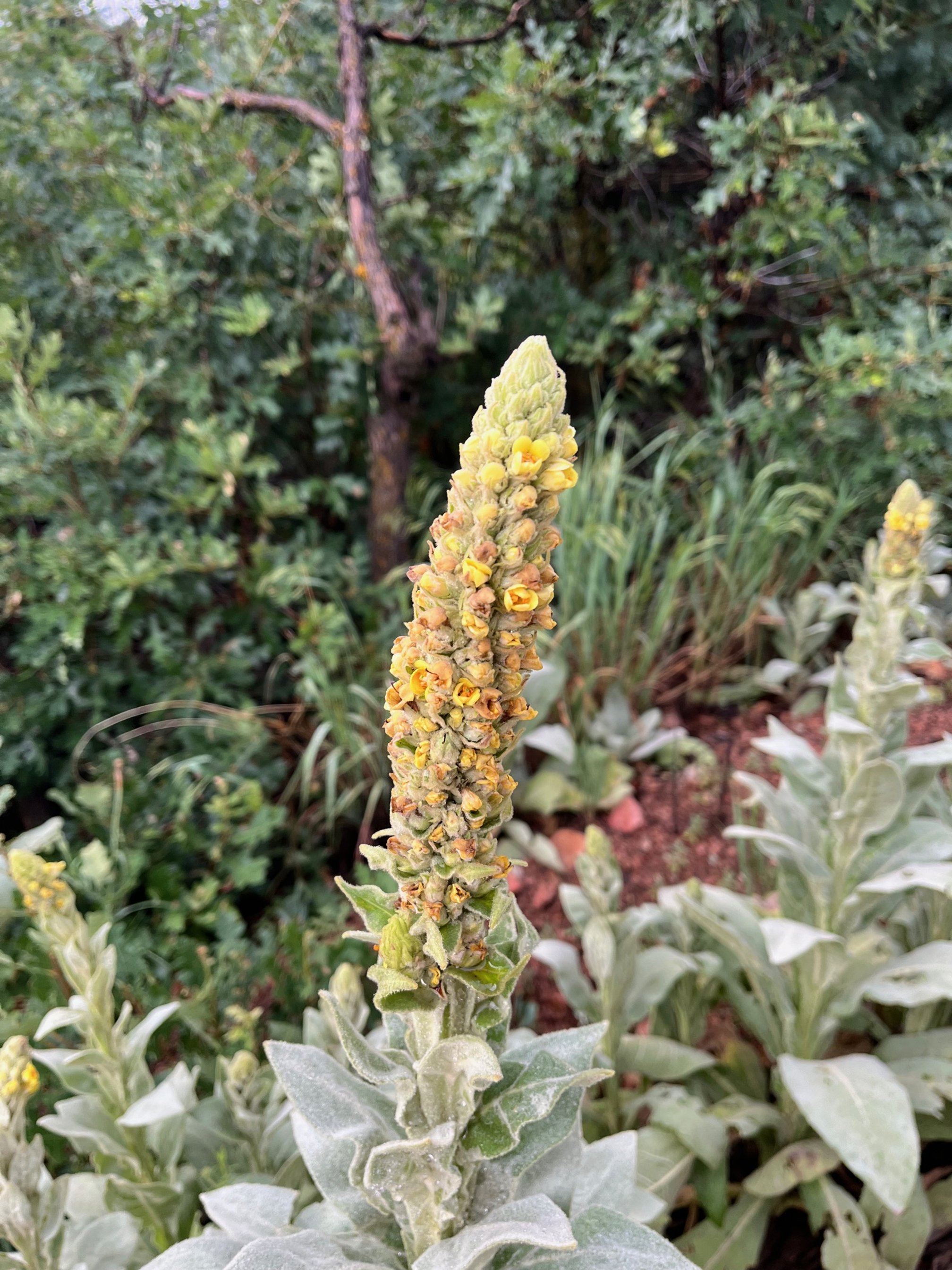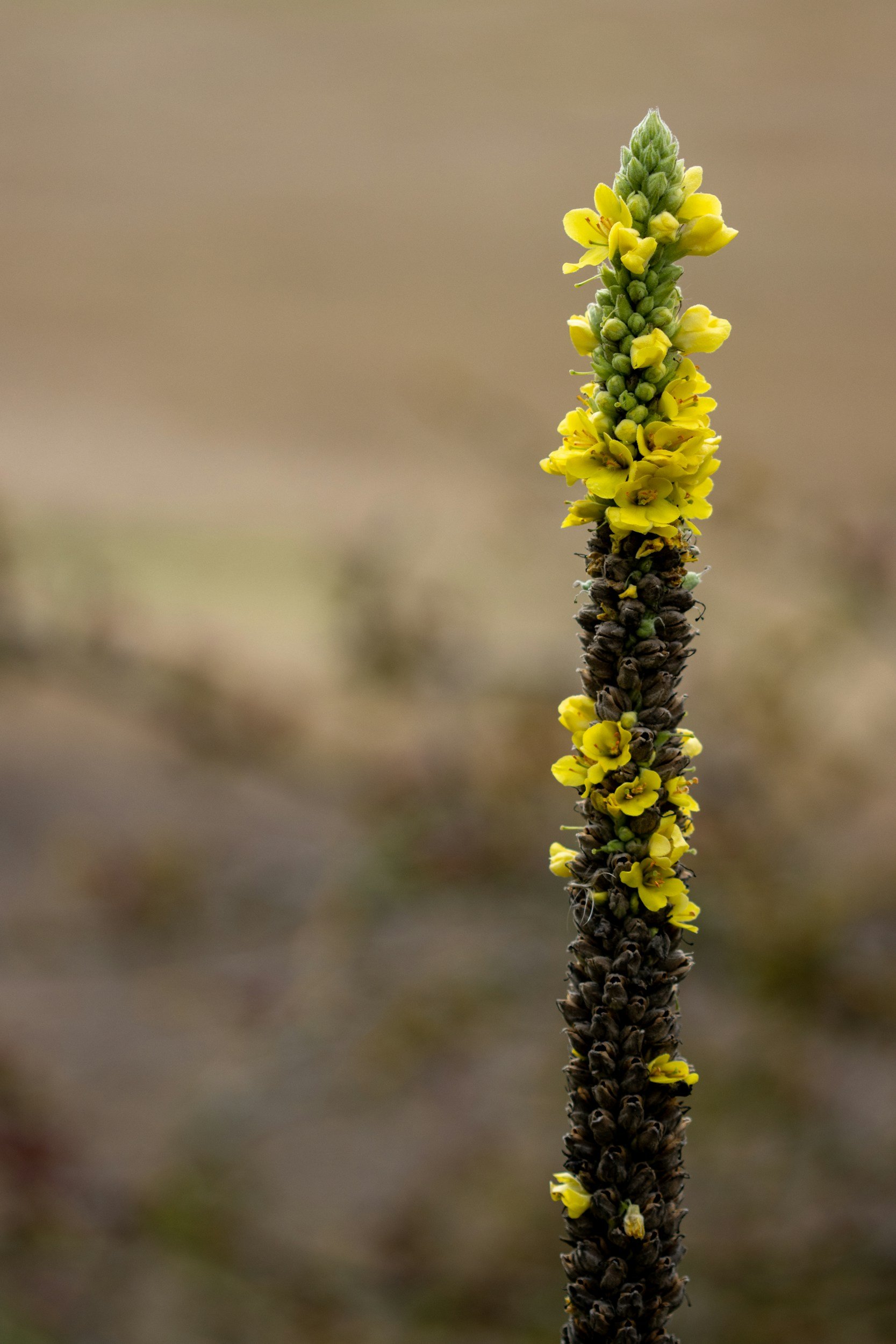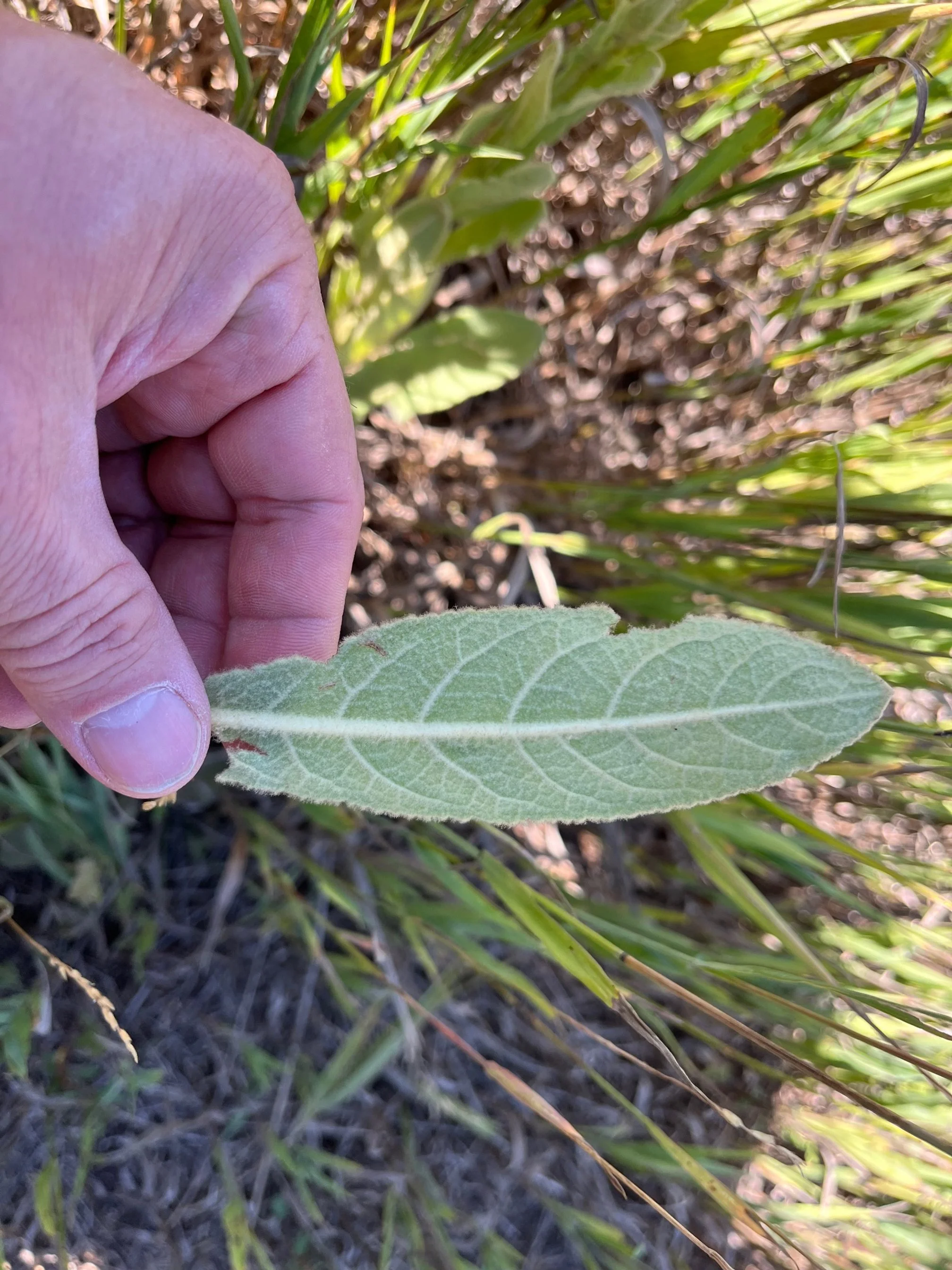How to identify Mullein: Survival Plant Identification
Our program often contains plant science for homeschoolers, survival plant identification, foraging for mullein, and more. Regardless if you are interested in getting young or older adventurers outdoors, bushcraft plant identification, or medicinal plants for survival; one thing is certain. You must know how to identify Mullein before you can start making medicines, fire, or anything else out of it. We will certainly look at the many uses for Mullein in future short teaching sessions, but for now, let us see if we can create an easy-to-use Mullein plant identification guide.
How to identify Mullein: Where to find Mullein
This week I will be teaching both a Homeschool survival skills class and an identifying wild medicinal plants class for a local nature center. Later in the month, I will teach an adults-only class aimed at medicinal plants for survival and a Herbal Plants in the wild class. These classes are all fairly different in delivery and content, but they all start the same way, How do you find certain plants in the wild?
With all of our Wilderness foraging skills, one of the first things we should learn is where to find our plants. This can help in identifying mullein and in eleminating any mullein look alikes too. But it is more than that. If I sent you in to your local grocery store in search of milk, would you just randomly wander the store until you found it by accident? No, you would have a general idea of where to find the milk. Even in a store you have never been in before, you know it will be refrigerated, likely on the wall somewhere, normally towards the back of the store.
We should be able to do the same things with plants. When you need a plant for stopping the bleeding, or breaking the fever, you should have a general idea if it is up hill or down. Does this plant normally live by water or in dry spots? Knowing all these things will make you fast and efficient when looking for Mullein for medicinal uses or when trying to find any plant for Wilderness plant identification.
Mullein needs full sun and it can often be found in fields, along roadsides, on hills, in meadows, and even in gravelly parking lots. The key concepts here are full sun and disturbed areas. Mullein certainly grows all over, it is often considered an invasive, but disturbed sunny areas along trails and roads are almost always sure bets. I suppose an additional key concept is, almost as important as identifying a plant and knowing its uses is knowing where to find it.
“Almost as important and knowing how to identify a plant, is knowing where to find it.”
How to identify Mullein: First-year Mullein
Mullein is a bi-annual plant, if you are new to survival plant identification; bi-annual means that Mullein has a two-year life cycle.
In the first year, Mullein has a basal rosette with fine, soft, almost wooly hair on the leaves. Both the Mullein leaves and stalks are covered with these tiny fine hairs. Many people studying Survival plant identification think that these fine hairs give the leaves a slightly gray-green appearance.
This “fur” is great for Hands-on plant identification studies. This Mullein fuzz also leads to many of the Mullein uses in survival and bushcraft. Many people use the soft green leaves as toilet paper and in wilderness living or history classes it is interesting to note that the soft green leaves were often used as sole inserts. They can also be used to cover a blister if you do not have any other way to protect the hot spot or blister area from further damage.
Before we go any further in our study of Mullein for herbal remedies, we need to point out that a small percentage of people report an allergy to Mullein. I have been teaching survival, bushcraft, and wilderness living for several decades, and I never actually met anyone who was allergic. I honestly thought it must be a mistake that just kept getting printed in Bushcraft plant identification guides. Then I started working at a school here in Colorado and the owner is rather allergic. We were out and about teaching one time and he had dropped his toilet paper in a creek. Normally people dip the soft mullein leaf into the water and the hairs suck up some water making it rather pleasant to use as a wet wipe. For most of us, it is a really nice way to clean up down there after our dirty business. Wellllll for folks like Jason, it turns them into a wormy dog. Think super, super, itchy. It was kind of funny, he would be unaware that he had backed up into trees and was rubbing back and forth to itch his bottom while teaching.
The allergy is fairly rare, but it is probably still best to try Mullein out in small amounts, more commonly there is another concern. In a few blogs we will be looking at details of Mullein use and making tea. These little furs can be extremely aggravating if you do not strain them out before drinking your medicine or tea. For comfort and safety, we always strain the Mullein liquids we will ingest.
How to identify Mullein: Dangerous Look-alikes
This is always a touchy subject for instructors. I meet people all the time who confuse raspberries and poison ivy, for me I get that they are both green, but after that, I do not see theses look-alikes. Here is the thing, if two plants look alike to you, then they are look-alikes for you. In my Outdoor learning homeschool activities class I will bring a plantain with me. First I show them an orange and ask “What is this?” Orange they all yell, still excited at this point. Then I pull out an apple, “And what is this?” Apple they respond, less excited now and starting to doubt if this guy with the butt chin really is a survival instructor. “And this one?” Banana they mutter in varying degrees of disgust. “Wrong, you are zombie poop!” Huh, they say, many coming back to me now. The fruit is actually a plantain, I buy the most banana-looking plantain I can that day. Sure this is a dirty trick to play on them. I lull them into not paying attention, then I pull the rug out from under them. However, it is important to use this lesson as a baseline. We must pay attention and go through the steps when identifying plants. Only when we really, really, recognize the plant as uniquely different from any look-alikes should we trust ourselves. You would never confuse a cherry and a strawberry just because they are both red, nor a cherry and a grape because they are both round. When you start putting the banana and plantain next to one another they are definitely different. This is the level of understanding you need with your Survival herbalism guide studies. When foraging for Mullein in the wild be cautious of Fox Glove. In the first year of growth, especially in its early stages, Fox Glove can easily be confused with Mullein. Fox Glove is poisonous. Much like the banana and the plantain though, closer looks and a good sturdy plant program will help you tell them apart. Especially in the second year when Fox Glove grows a rather beautiful and distinct flower that looks nothing like mullein.
How to identify Mullein: Second-Year Mullein
In the second year Mullein plants flower and grow this long spike. This woody stalk, or spike, is wonderful in several methods of making friction. The center pith also works well for solar fires too.
The dried flowers make for a wonderful torch, if you add tallow, wax, Vaseline or some other wicking flammable to them. Stay tuned for my article on why they are called Witches Candles, around Halloween I think. Might as well teach how to make a torch step by step when I write that too. (I will add a link here when I write that, for now, join the email list if you are worried about missing anything.)
By year three the stalk often gets too dry and brittle, often splitting in spots. This brittleness, or splitting, means third-year Mullein is not much use in bow-drill, hand-drill, or other friction fire methods. But at this stage, the stalks can be split and used as a decent kindling. They often dry rather quickly, remember Mullein likes to be in the open in sunny spots, after rain storms too. Both the dry leaves and pithy center are still useful in solar fire from here on out though.
We should make a special note that in both Mullein’s first and second years, the leaves are fantastic for medicine and tea. We can use fresh or dry leaves for many teas and medicines, but the dry leaves are especially great at making huge smoldering embers. My friend Creek Stewart goes into a great deal of detail on dried Mullein leaves in both his Bow Drill and Solar Fire field manuals.
We will be looking at Mullein again as we go into this Survival and Bushcraft skill-based Mullein study in future blogs.
How to identify Mullein: Quick Visual Reference Guide
Second year Mullein will grow stalks, eventually with yellow flowers, notice that Mullein leaves are alternate along the straight stalk.
At the end of the second season, the stalk will dry out giving us a distinct look. This mullein from last year is a good source of tinder, friction firewood, smoldering ember material, and candle-style torches.
Mullein loves sunny areas where the soil has been disturbed. You will often find it in parking lots and on the side of roads or trails.
As the yellow flowers begin to bloom we can see they are yellow, numerous, have 5 petals, and are all along the spike or stalk top portion.
Second year Mullein will grow a stalk or spike with small yellow flowers at the top. These stalks can grow rather tall, this one is above my head by a fair bit. Many Mullein stalks grow up to 8 feet tall.
The top of the leaf is soft and fuzzy. Mullein leaves can grow up to 12 inches long and have an oblong-ovate shape. These tiny hairs are not only soft to the touch, but they often collect water. They can also throw off the color of Mullein, giving it a slightly gray-green look.
The bottom of the Mullein leaf is lighter in color and the veins become more apparent. The leaf margins can vary a small bit, but they are fairly smooth or have rounded teeth called crenate. Though it can be hard to tell in the dense first-year growth, we can see that leaves are actually alternate in pattern as they go up the extremely straight stalk.
The fuzzy leaves of Mullein from a little closer.






